Travel lights a spark of adventure — but your skin? It might throw in a little protest. Between low-humidity cabins, shifting climates, and suitcase chaos, your skin barrier is working overtime. The good news? With the right prep and the right cream, you can land looking fresh instead of fatigued.
Here’s your science-backed, easy-to-follow guide to carrying a recovery cream and protecting your skin every step of the way.
Why Travel Stresses Your Skin Barrier
Here’s what really happens onboard and in transitions:
-
Cabin humidity often falls below 10% within two hours of take-off, and stays that low. One study showed skin hydration dropped by up to 37% in cheeks/faces during long-haul flights. (Guéhenneux et al., 2012)
-
Low humidity → increased transepidermal water loss (TEWL) → your skin barrier weakens.
-
Rapid changes in climate/altitude add mechanical and environmental stress to skin.
-
Barrier-supportive lipids (like ceramides) are critical to repairing that damage. One review: “use of suitably formulated ceramides … to help re-structure damaged lipid arrangement and repair impaired skin barrier.” (Schild, 2024)
-
Moisturizers containing ceramides showed measurable improvement in hydration and barrier function in RCTs. (Nugroho et al., 2023)
Long story short: Travel = barrier damage + dehydration. Your skincare needs to do more than just “moisturize”.
Before You Go: Smart Skin Prep
You have a window of opportunity before boarding. Use it.
-
Hydrate inside & out. Drinking water. And using a solid barrier-cream now gives your skin resilience ahead of the stress.
-
Choose barrier-repair cream. Aim for one that packs in lipids + ceramides. The Rejûvaskin Skin Recovery Cream is a great fit — it’s formulated to fortify, soothe and nourish skin under stress.
-
Minimize makeup. Lighter base means less barrier interference, more chance for your recovery cream to do its job.
-
Pack properly. Decant if necessary into a 3-oz (100 mL) or smaller container so it stays in your carry-on, not in checked luggage.
In-Flight: The Minimalist Routine That Works
You want something simple. Because complex routines compete with cabin air for your skin’s attention.
-
After take-off: Reapply your barrier cream once you’ve settled. The cabin air is already pulling water out from your skin.
-
Hydrating mist = optional. Only if you layer the cream immediately after. Mist alone? It might evaporate and pull water from your skin.
-
Drink water consistently. Aim for more sips, fewer chugs.
-
Window seat? Apply SPF. Yes — even in flight. UV exposure at altitude plus cabin windows = extra stress. (Foley, 2024) Medium
-
Stick to the essentials: Soften, protect, repeat. No heavy new treatments mid-air.
Post-Landing: Recover & Reset
You’ve arrived. But your skin isn’t done yet.
-
Cleanse gently. Remove makeup + cabin grime.
-
Apply your cream again. Your skin barrier has been taxed — the recovery cream works to soothe and replenish.
-
If you’re in a dry/cold climate: Use a thicker layer, maybe a humidifier in your hotel room.
-
In a hot/humid zone: Cleanse more, but still apply barrier cream. The stress changes — not disappears.
-
No makeup for a few hours? Bonus: Let your skin breathe and recover.
Why the Rejûvaskin Skin Recovery Cream Fits Perfectly
We’re not making empty claims here.
-
“Recovery” is in the name for a reason. It’s built to fortify, soothe, and nourish skin that’s been challenged.
-
It’s multi-task: face. neck. hands. Anywhere travel leaves its mark.
-
Consistent with the latest understanding: your skin needs more than water — it needs lipids + barrier support. (Murphy et al., 2022)
Quick Travel Carry-On Kit for Your Skin
Pack light. Pack smart. Here’s your go-bag list:
-
Gentle travel-size cleanser
-
Broad-spectrum SPF (small size)
-
Lip balm
-
(Optional) hydrating mist (only if you’ll layer cream)
-
Refillable water bottle
That’s it. Your skin doesn’t need 10 products — just the right ones.
Bonus Tips for Climate-Hopping
If your destination has radically different weather, add these:
-
Dry/Cold Destination → Use a richer layer of your cream. Ask for a humidifier, if possible.
-
Hot/Humid Destination → Cleanse more, still use cream (barrier works even in humidity!).
-
Jet-lagged skin? Give yourself a “skin break”: no new serums, just your core routine for 24h.
Works Cited
Guéhenneux, S., Gardinier, S., Morizot, F., Le Fur, I., & Tschachler, E. (2012). Skin surface hydration decreases rapidly during long-distance flights. Skin Research and Technology, 18(2), 238–240. Link
Nugroho, W. T., et al. (2023). The efficacy of moisturisers containing ceramide compared with other moisturisers in atopic dermatitis: A systematic review. Dermatology & Therapy. Link
Schild, J. (2024). The role of ceramides in skin barrier function and topical therapy. International Journal of Cosmetic Science. Link
Murphy, B., et al. (2022). Alteration of barrier properties, stratum corneum ceramides and long-chain fatty acids following application of a topical body lotion. Scientific Reports. Link
Zubac, D., et al. (2020). Up in the air: Evidence of dehydration risk and long-haul flight effects. Journal of Travel Medicine. Link
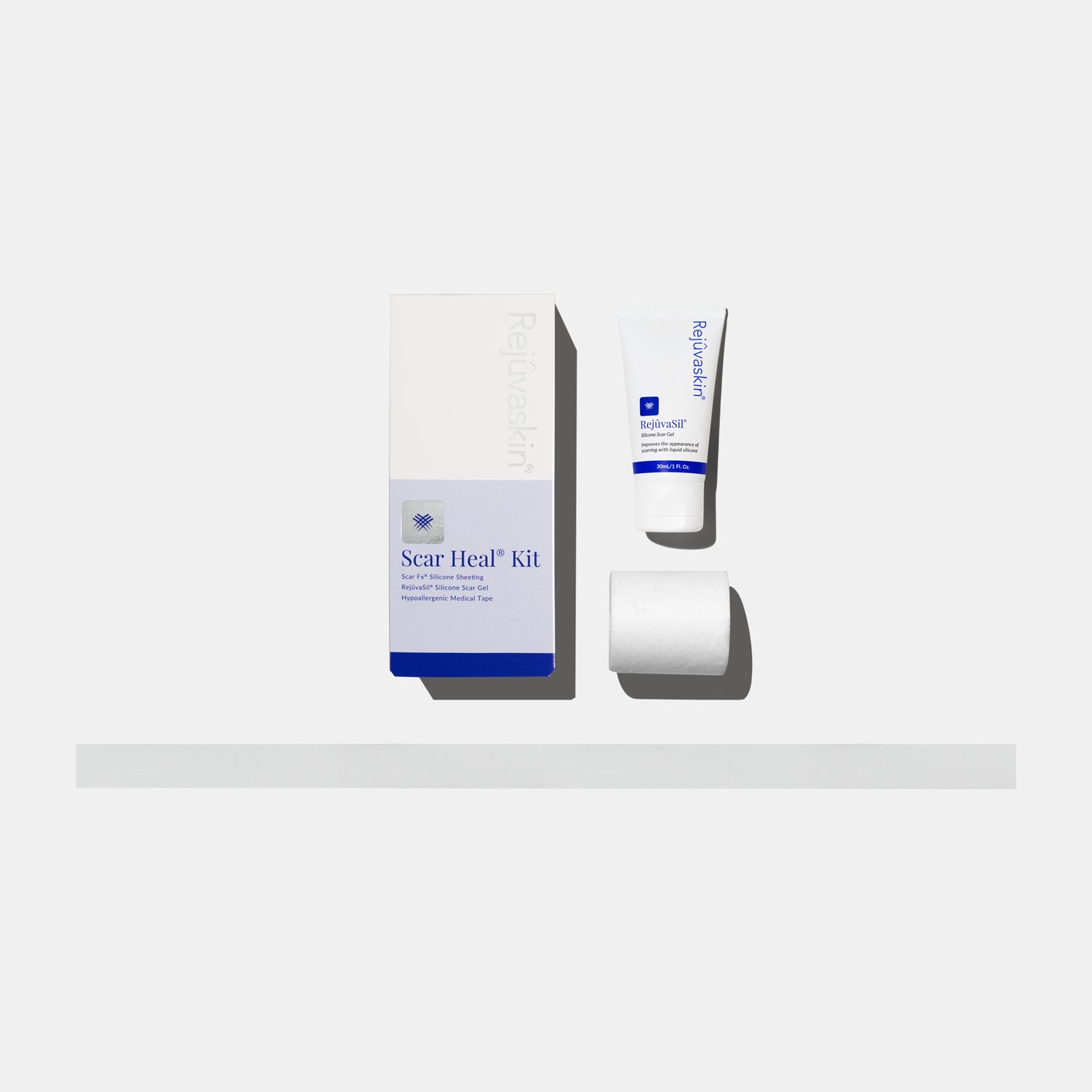



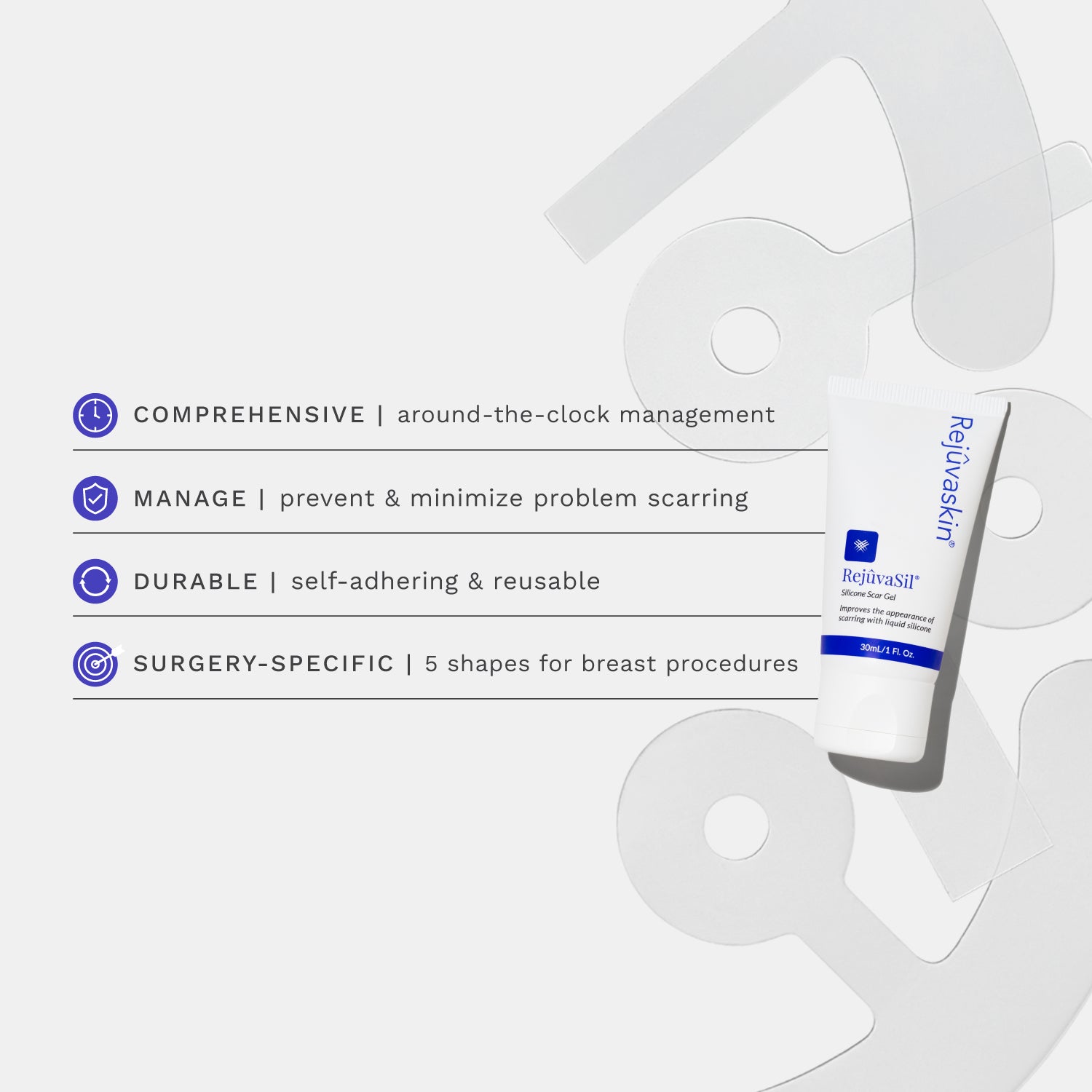
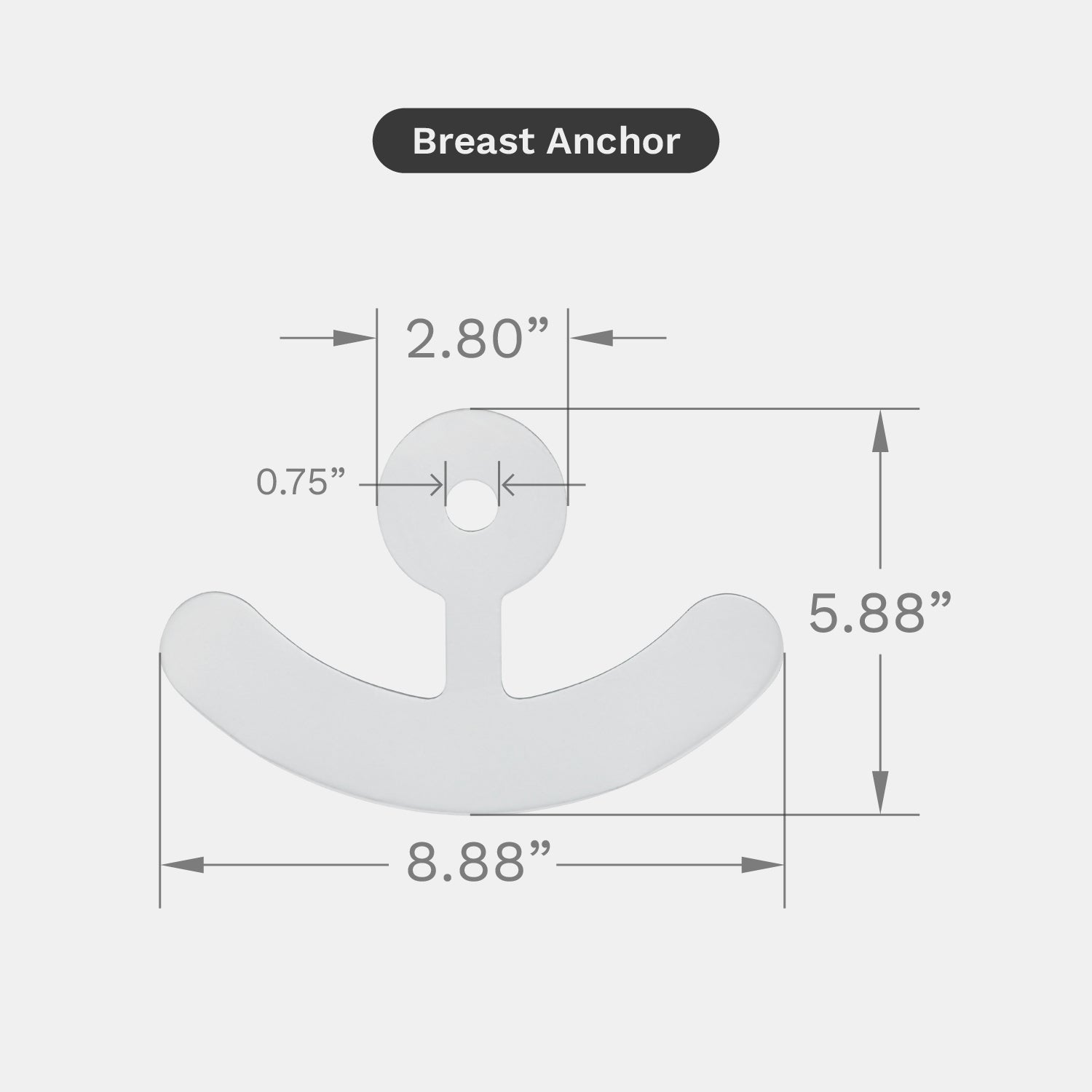
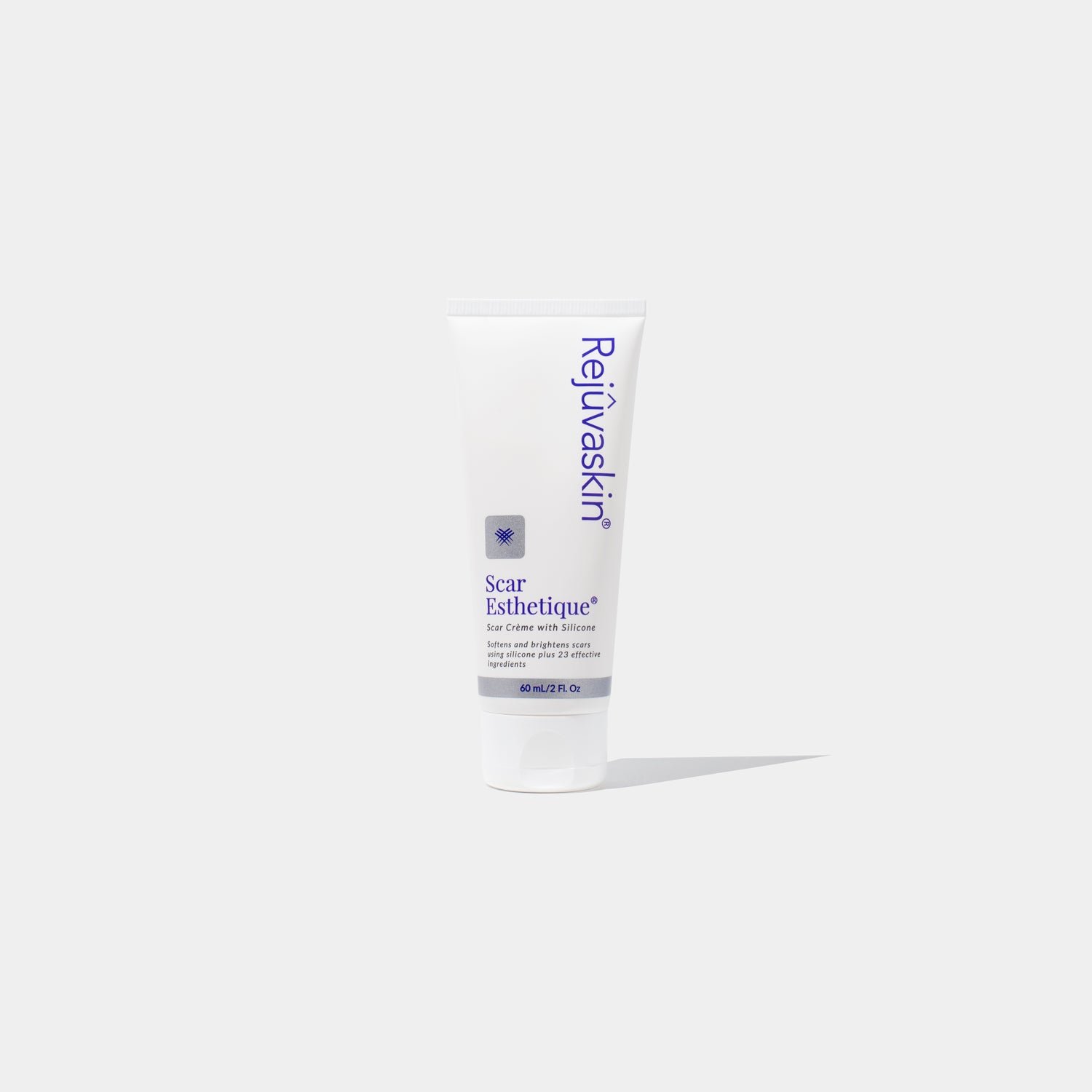
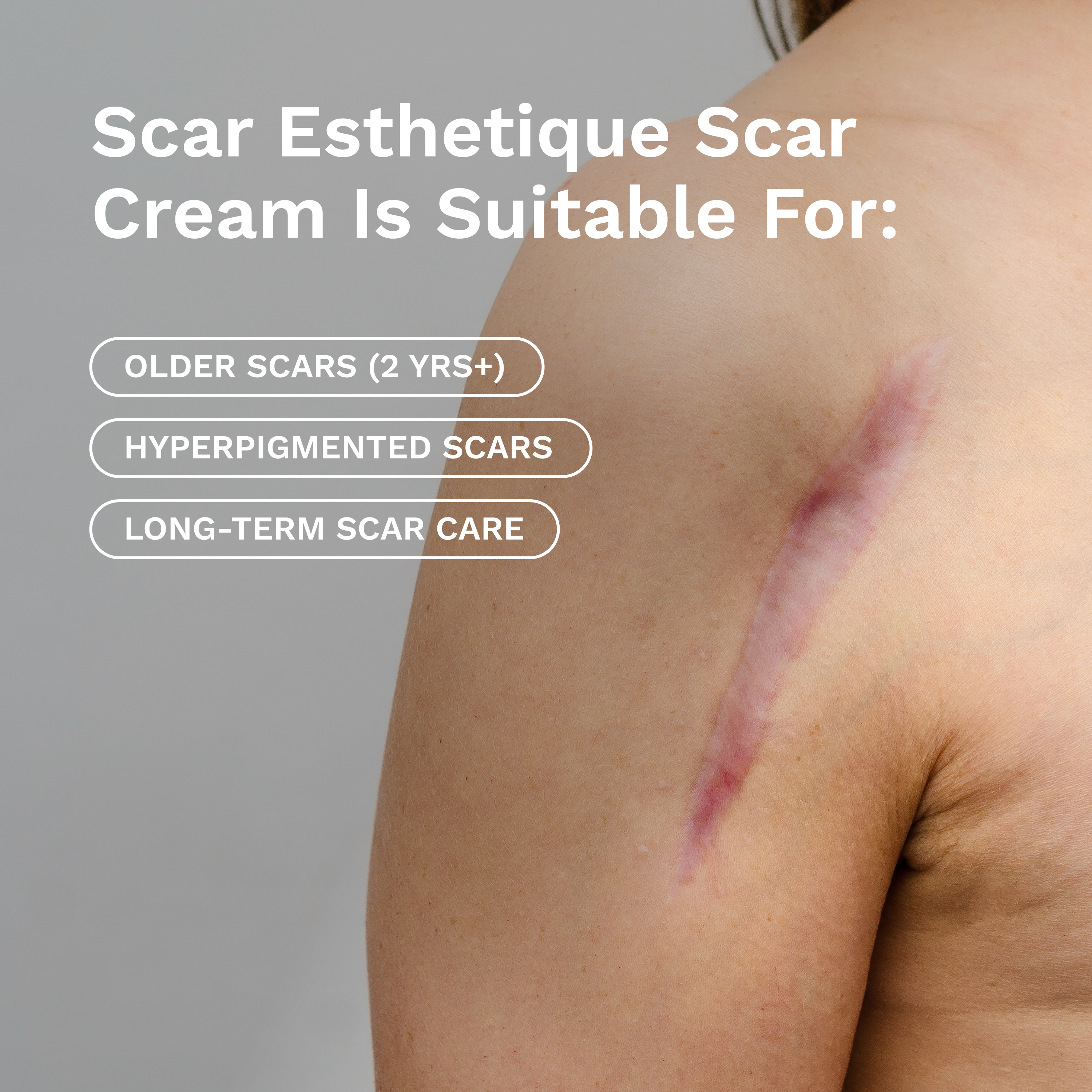









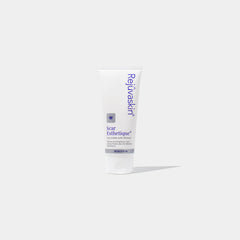
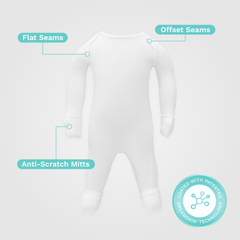


Leave a comment